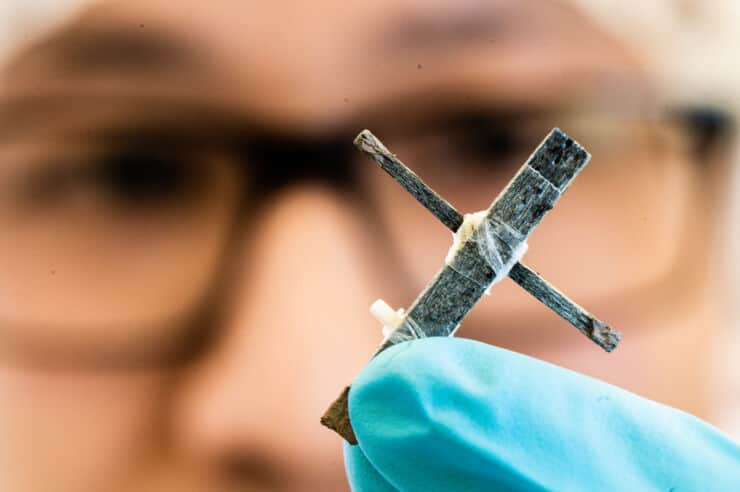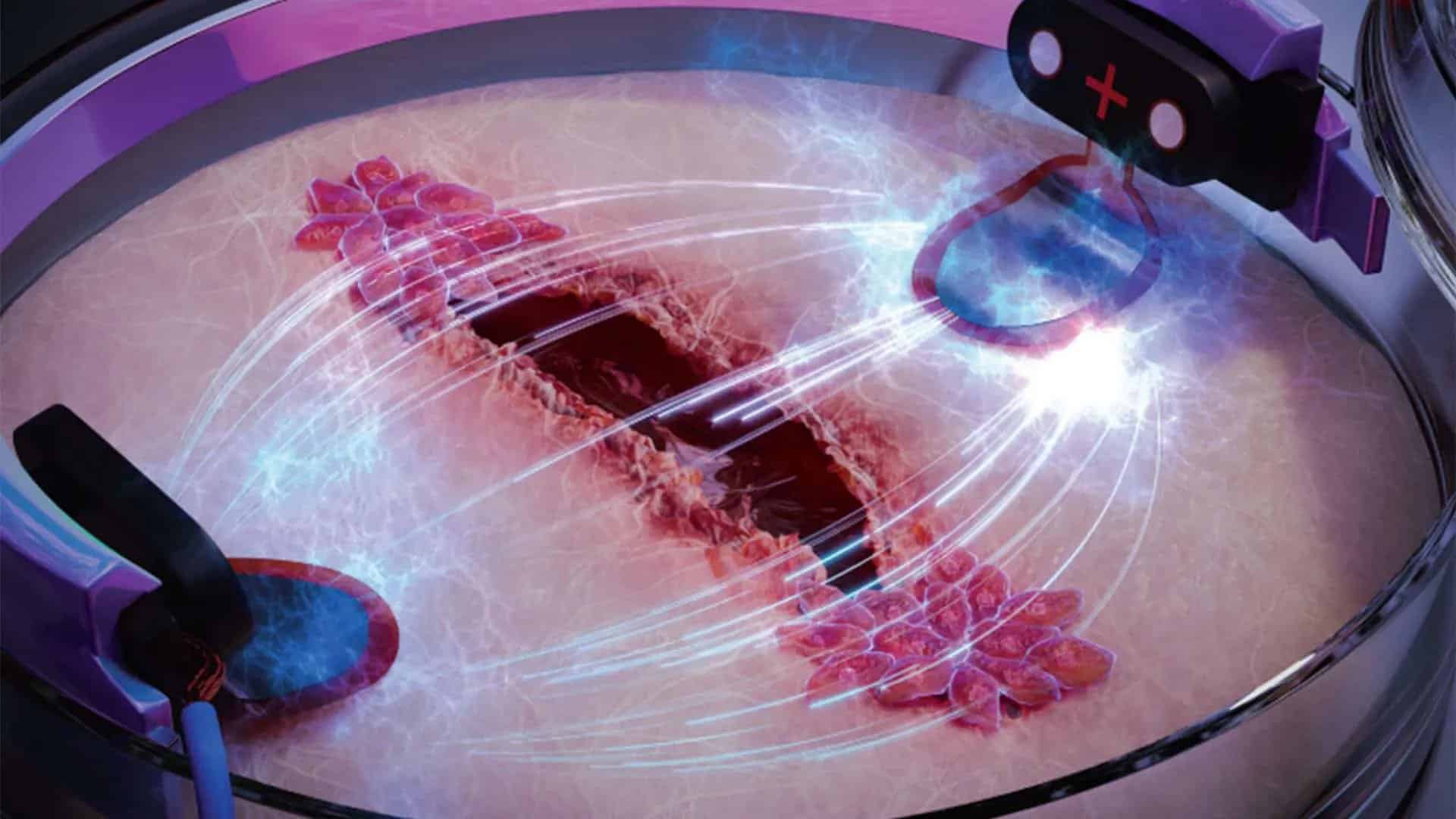
By searching for the protein TGM1 among patients with various autoimmune skin diseases, researchers have successfully identified a separate disease that can be linked to autoimmunity against TGM1. This backward method demonstrates a new way of identifying autoantigens as markers for serious diseases. By letting autoantigens point to the disease, diagnosis and treatment can be facilitated, according to the study now published in PNAS, writes Uppsala University in a press release.
Sometimes research begins from the opposite end. To find the cause or symptom of a disease, it is common to study many affected patients to find a common denominator. This study, however, did the opposite. The researchers started with the protein transglutaminas 1 (TGM1), which belongs to a protein family with many known autoantigens.
Autoantigens are the body’s own proteins that the immune system reacts against in autoimmune diseases. TGM1 is in the skin. TGM1 has been previously linked to a hereditary skin disease and now the researchers wanted to know if TGM1 was also involved as an autoantigen in acquired skin diseases. They searched for it in patients with a wide range of autoimmune and unexplained skin diseases.
“Eventually, they found a match. We saw that patients with the cancer-associated and severe blister-causing skin disease paraneoplastic pemphigus presented antibodies against TGM1. We confirmed the findings in a larger group of patients and could conclude that TGM1 antibodies were completely specific for paraneoplastic pemphigus,” says Nils Landegren, medical doctor and researcher specialising in autoimmune diseases at Uppsala University.
Over 500 patients participated
He led this study conducted together with researchers at Karolinska Institutet and Osaka City University, Japan. Over 500 patients with various diseases participated in the study.
Autoimmune diseases occur when the immune system reacts incorrectly. Instead of protecting the body against viruses and bacteria, it attacks the individual’s own body. In autoimmune diseases, the immune system’s cells and antibodies react against the body’s own proteins, known as autoantigens.
Knowing which autoantigens are associated with a specific disease is important, both to understand the disease mechanisms and to be able to diagnose autoimmune diseases and to give patients the correct treatment.
New approach to identifying biomarkers
Traditionally, research has focused on individual diseases to identify autoantigens. In this new study published in PNAS, the researchers took the opposite approach: they focused on the suspected autoantigen and then conducted a broad search for a matching disease.
The study illustrates a new approach to identifying biomarkers. The researchers believe that this approach can be used in studies of all sorts of autoimmune diseases, and that this could be a way to leverage the growing amount of openly available data on gene expression and function.
“We believe that TGM1 antibodies can be valuable as a diagnostic marker in investigations of blister-forming diseases. Patients that test positive should be quickly investigated to eliminate the possibility of undiscovered cancers,” says Landegren.
The study was conducted as a collaboration among Uppsala University, Karolinska Institutet and Osaka City University. The contributing researchers have applied for a patent for the diagnostic use of TGM1 antibodies.
Also interesting: The disease-predicting power of algorithms
Selected for you!
Innovation Origins is the European platform for innovation news. In addition to the many reports from our own editors in 15 European countries, we select the most important press releases from reliable sources. This way you can stay up to date on what is happening in the world of innovation. Are you or do you know an organization that should not be missing from our list of selected sources? Then report to our editorial team.






